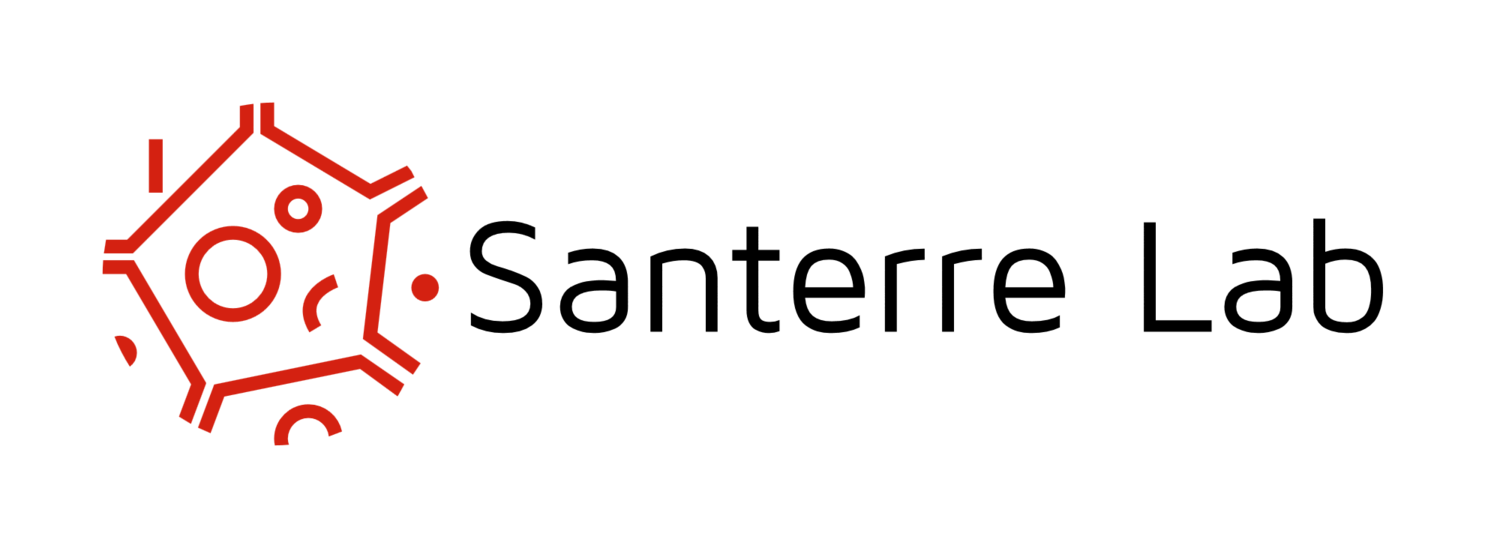Last year two highly driven students from the M.Eng stream of IBBME interned with Polumiros in the Santerre Lab. Here’s what they had to say about their experiences:
Steven Lancefield
I recently had the pleasure of working with a biomaterials start-up, Polumiros Inc., to help further develop technology based upon research successes at the Santerre Lab. The opportunity to work on an 8-month project with Polumiros was an enriching experience on a broad level. The project goal was to find a scale-up fabrication solution for their implantable, biodegradable polyurethane tissue filler material named ReFilx, a product intended to improve patient outcomes of breast cancer treatment, specifically breast conserving surgery. Through planning and prototyping a high-throughput manufacturing process, I was able to combine my mechanical engineering background with the knowledge of medical device regulation, design, and development gained through the IBBME MEng program. With access to the University of Toronto, biomedical and entrepreneurial resources such as H2i's Healthcare to Business Bridge (H2BB) and OBIO, I was able to modify the fabrication process and identify possible contract manufacturers and test a fabrication prototype method at one potential facility. The support and breadth of knowledge at the Santerre Lab was invaluable to my project, and I am grateful for the experience.
Azeen Moradipour
The build-up of fibrotic tissue around nerve stimulation electrodes can reduce the lifetime of the implant by increasing the stimulation threshold. My project with Polumiros involved developing a method of reproducibly coating silicone nerve cuffs with a pro-healing polymer in order to minimize fibrosis and electrode impedance. This involved iterative testing where prototypes would be coated, and the results analyzed to optimize variables. After completing my M.Eng. courses with IBBME, I had an interest in contributing to the development of biomedical devices while applying my knowledge of chemical engineering and bench-scale work. Classroom projects had introduced the different phases of the medical device life cycle, and this was a job opportunity which allowed me to produce a medical device for the pre-clinical stage (i.e. rat studies). Working for a start-up company, I was able to have more ownership over the experiments I run, even as a new graduate. As my 4 month internship extended to 8 months, one of the biggest eye-openers for me was the pace at which science advances (I initially thought I would finish in 3.5 months, giving me 2 weeks to focus on the report !). Overall, I was able to further develop my skills as both a scientist and engineer. The opportunity to consult and learn from knowledgeable scientists and technicians was an added bonus!

